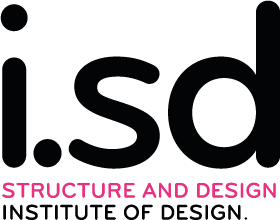Within the seminar we want to investigate structural application of a cellulose based material. The cellulose mix needs to be applied in thin layers of 2 to 6mm since it stiffens through the evaporation of water. Therefore a textile pipe-like substructure method is deployed in the prototyping. The sequential build-up of the pipe structure allows for faster curing and drying and enables an adaptive cross-section for gradual structural performance.
Consequently, the design and fabrication pipeline is based on the idea of several iterations including feedback operations. A 3d scan and its corresponding point cloud serves as the backbone of this feedback operation. It allows to adjust for geometry changes, regulate material distribution by the designer and finally the path generation regarding the spraying operation with the industrial robot.
Students are split into two groups: fabrication and digital design. The fabrication group contributes to the making of substructure, material preparation, robotic operations, scanning and documentation, while the digital design group explores the architectural application of cellulose based structure in urban context, through a design process of site scanning, structural analysis and iterative optimizations.

